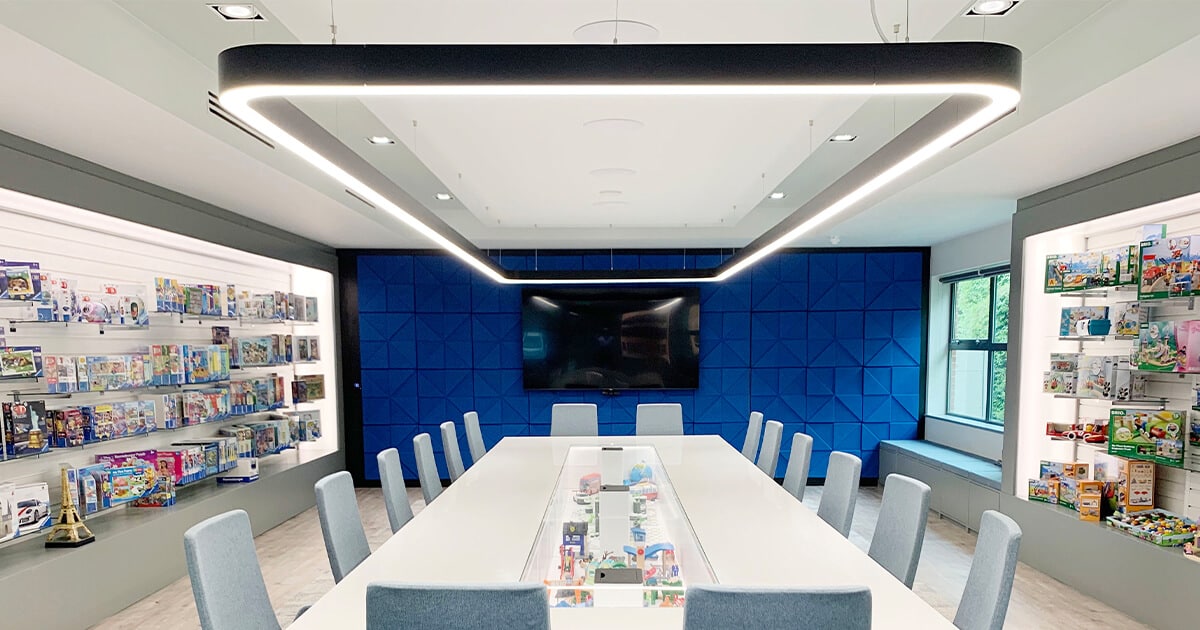The design of office lighting is a crucial element that significantly impacts employee productivity, well-being, and overall workplace atmosphere․ A well-lit office can reduce eye strain, boost morale, and even improve cognitive function․ But who exactly is responsible for creating these optimal lighting environments? The answer often involves a collaborative effort between various professionals, each bringing their unique expertise to the table․ This article will delve into the roles of these individuals and explore the key considerations involved in designing effective office lighting․
The Key Players in Office Lighting Design
Designing effective office lighting is rarely a solo endeavor; It typically involves a team of professionals working together to achieve the desired results․ Here are some of the key players:
- Lighting Designers: These specialists are experts in the art and science of lighting․ They possess in-depth knowledge of different lighting technologies, design principles, and energy efficiency standards․ They are responsible for creating lighting plans that meet the specific needs of the office space and its occupants․
- Architects: Architects play a crucial role in the overall design of the office building, including the placement of windows and skylights․ They work closely with lighting designers to integrate natural light into the lighting scheme and ensure that the artificial lighting complements the architectural design․
- Interior Designers: Interior designers focus on the aesthetics and functionality of the office space; They collaborate with lighting designers to select lighting fixtures that complement the overall design and create a visually appealing environment․
- Electrical Engineers: Electrical engineers are responsible for the technical aspects of the lighting system, including wiring, power distribution, and control systems․ They ensure that the lighting system is safe, reliable, and energy-efficient․
- Facility Managers: Facility managers are responsible for the day-to-day operation and maintenance of the office building․ They work with lighting designers and electrical engineers to ensure that the lighting system is properly maintained and that any problems are promptly addressed․
Factors Considered in Office Lighting Design
Designing effective office lighting requires careful consideration of a variety of factors․ Here are some of the most important:
- Task Requirements: The type of work performed in the office space will influence the lighting requirements․ For example, tasks that require fine detail work will need higher levels of illumination than tasks that involve general computer use․
- Employee Preferences: Different employees may have different lighting preferences․ Some may prefer brighter light, while others may prefer dimmer light․ It is important to consider these preferences when designing the lighting system․
- Energy Efficiency: Energy efficiency is an important consideration for any office lighting system․ LED lighting is a popular choice because it is energy-efficient and long-lasting․
- Glare Control: Glare can be a major source of discomfort and eye strain․ It is important to minimize glare by using appropriate lighting fixtures and positioning them carefully․
- Color Rendering: Color rendering refers to the ability of a light source to accurately reproduce colors․ It is important to choose light sources with good color rendering properties, especially in areas where color accuracy is important․
Types of Lighting Used in Offices
Office lighting typically uses a combination of different types of lighting to create a balanced and comfortable environment․ These include:
- Ambient Lighting: Provides overall illumination to the space․
- Task Lighting: Focused light for specific tasks, like reading or writing․
- Accent Lighting: Used to highlight specific features or artwork․
The Importance of Good Office Lighting
Investing in well-designed office lighting is an investment in the well-being and productivity of your employees․ Good lighting can:
- Reduce eye strain and headaches
- Improve mood and morale
- Increase productivity and focus
- Enhance safety and security
FAQ: Office Lighting Design
Q: How much light is needed in an office?
A: The amount of light needed depends on the tasks performed in the space․ General office areas typically require 300-500 lux, while tasks requiring fine detail may need 750-1000 lux;
Q: What is the best type of lighting for offices?
A: LED lighting is generally considered the best option due to its energy efficiency, long lifespan, and good color rendering properties․
Q: How can I reduce glare in my office?
A: Use lighting fixtures with diffusers or reflectors, position lighting fixtures carefully to avoid direct glare, and use window coverings to control natural light․
Q: How often should office lighting be maintained?
A: Lighting should be inspected regularly and bulbs should be replaced as needed․ A professional lighting maintenance schedule can help ensure optimal performance and energy efficiency․
Q: Can lighting impact employee well-being?
A: Absolutely! Good lighting can improve mood, reduce eye strain, and increase productivity, all of which contribute to employee well-being․

